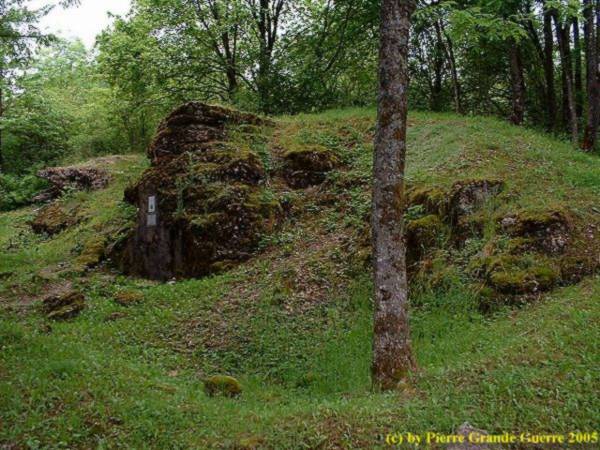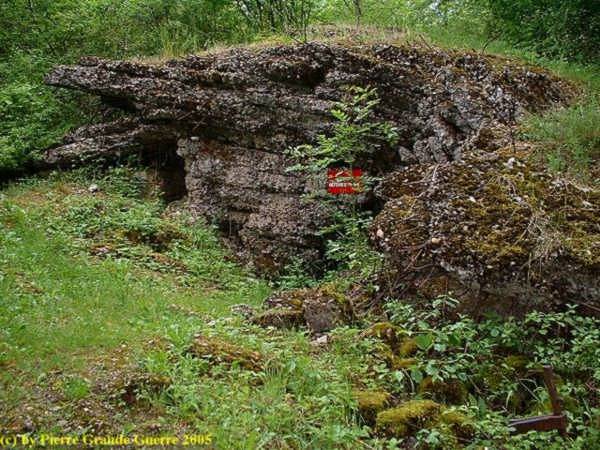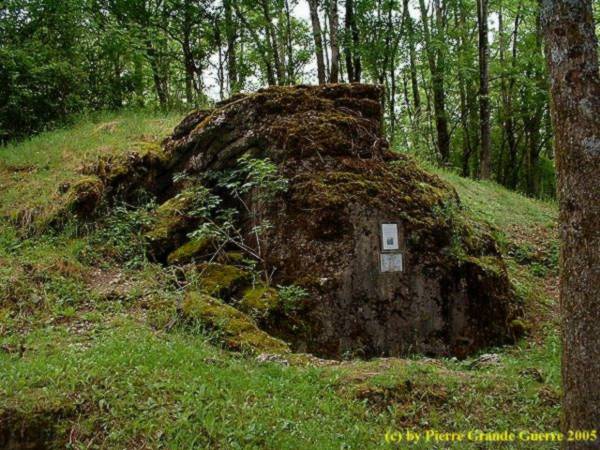VERDUN - Thiaumont - Trench of Bayonets - Ouvrage de Thiaumont - Command Posts 118, 119 - Abris 320, Adalbert - Boyau de Londres - Abri 2408
Years of visit: 1986, 1994, 2005, and 2009

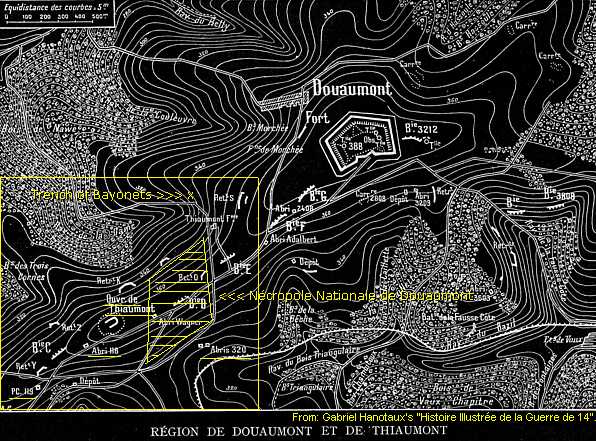

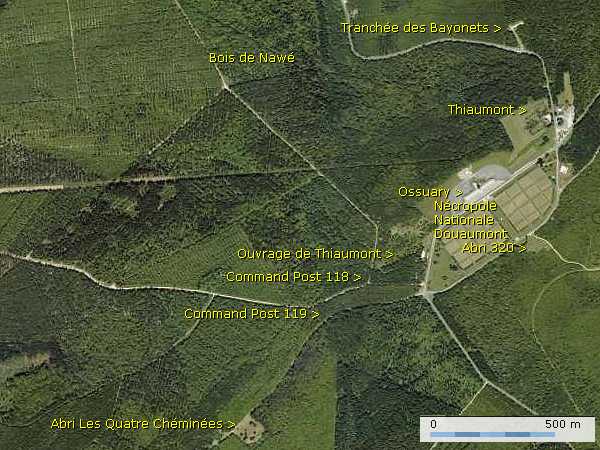
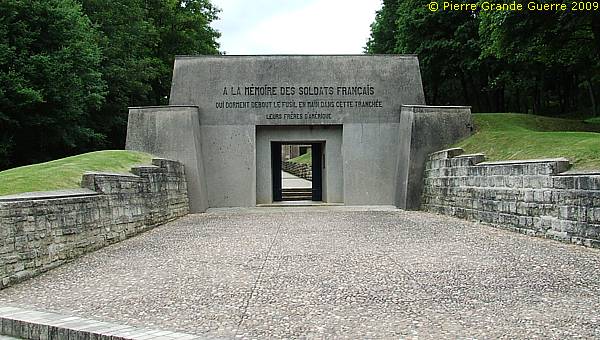
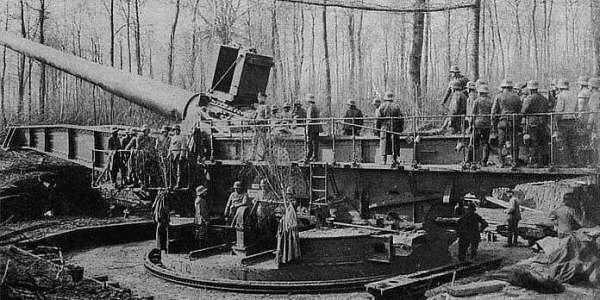
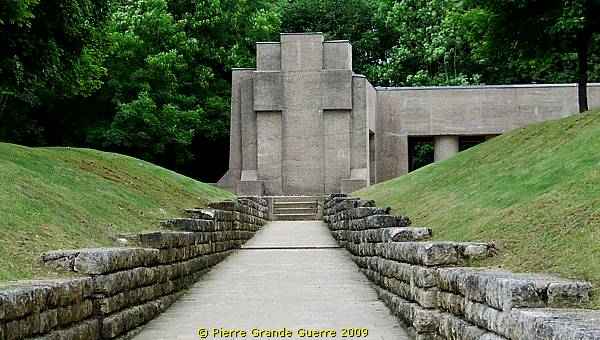
This trench was an outpost on the westflank of Fort de Douaumont.
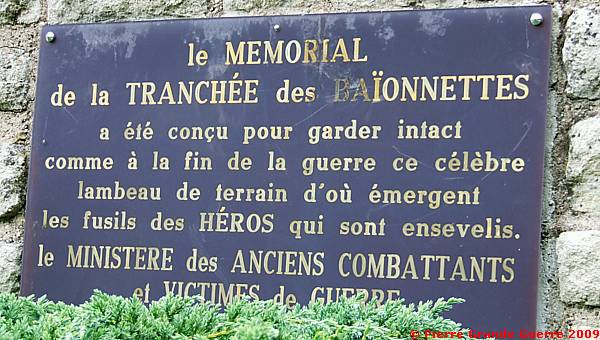
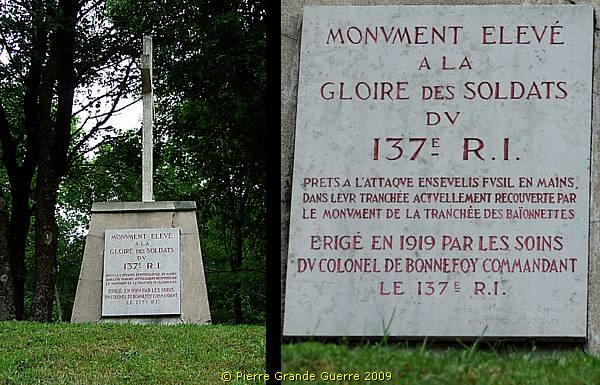
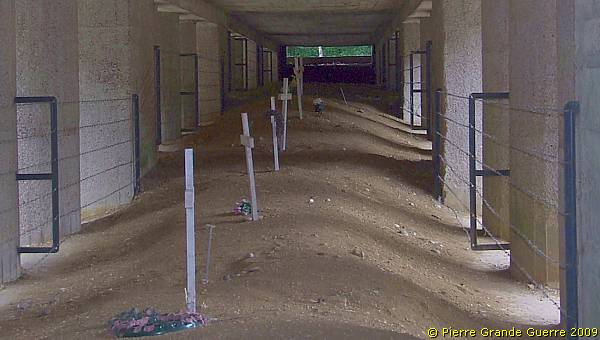
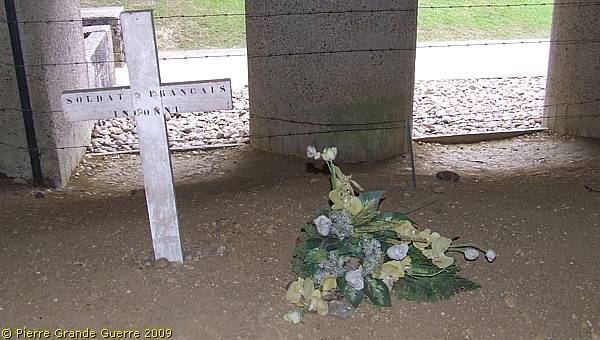
On this site you still can see the attachments of the bayonets to the rifle barrels, sticking out of the ground.
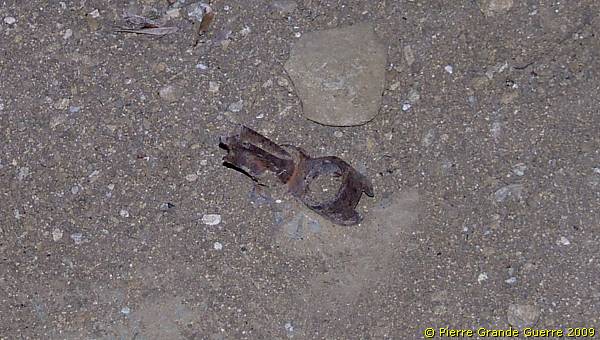
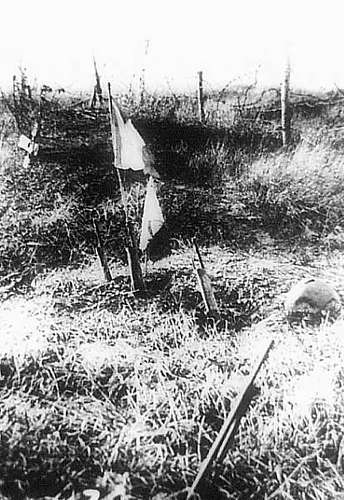
A last view of the to my opinion rather ugly concrete memorial.
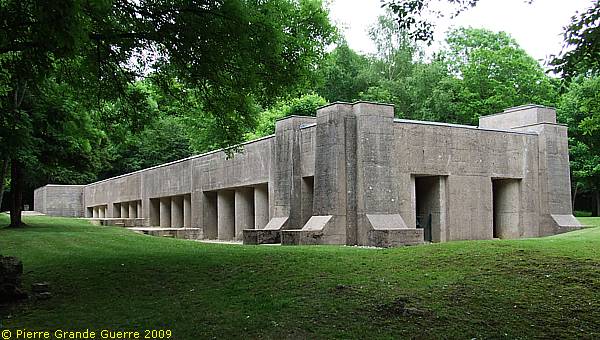
Commanders of the German 5th Army
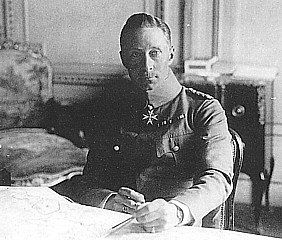
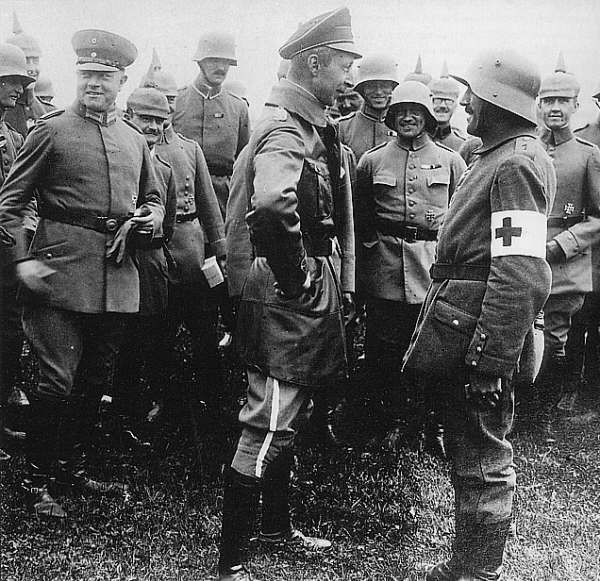
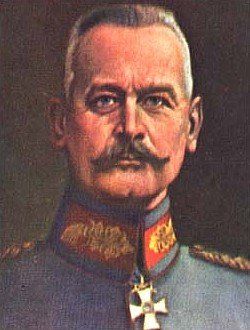
Operation Gericht
The first phase of the Battle of Verdun, "Operation Gericht", started on 21 February and would last until 25 February . The operation focused on capturing the height and forts on the right bank of the Meuse river.
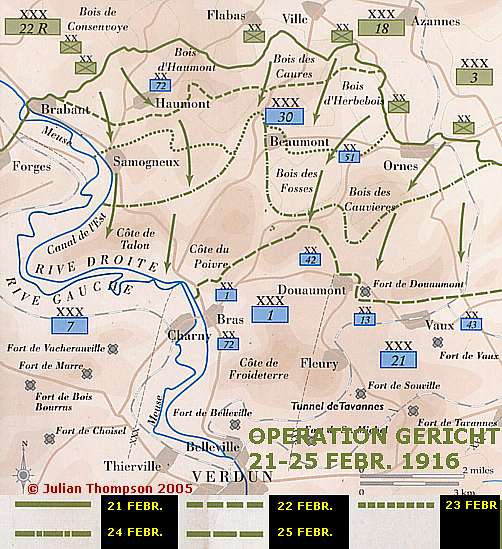
We pass the landmark of the Nécropole Nationale de Douaumont , once the centre point of this battlefield for a period of 10 months. We will visit this site later on this website in more detail.
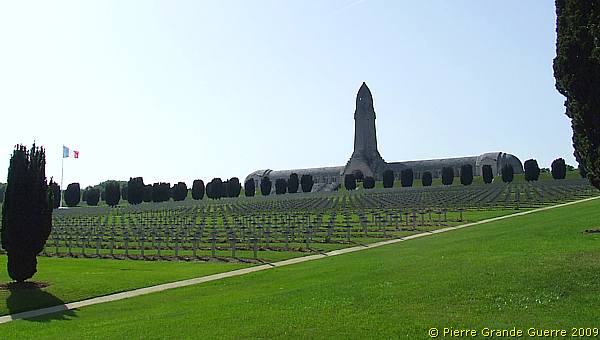
From the parking on top of the cemetery we go on foot. For now we continue west to the relics of the redoubt, the Ouvrage de Thiaumont .

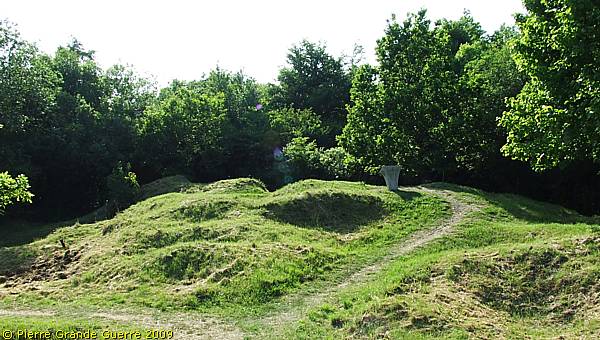
Ouvrage de Thiaumont
During the battle the farm of Thiaumont and the Ouvrage were constantly under fire. The site was captured and re-captured more than twenty times.
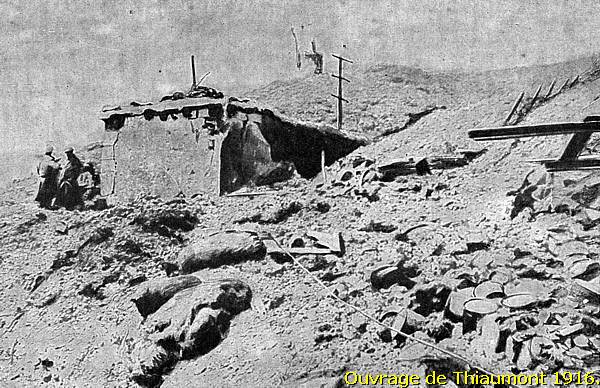
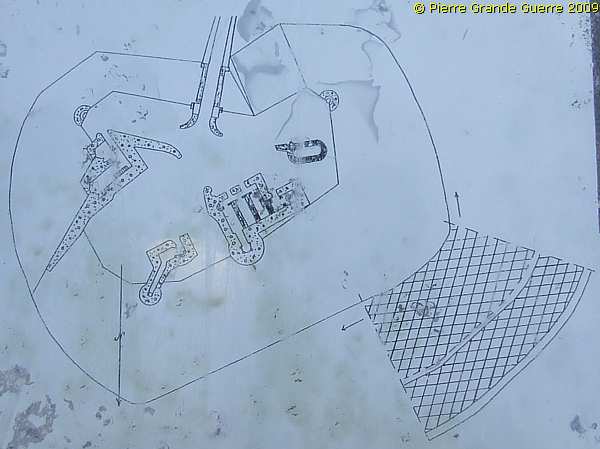

This memorial panel tells us a lot of infomation about this site.
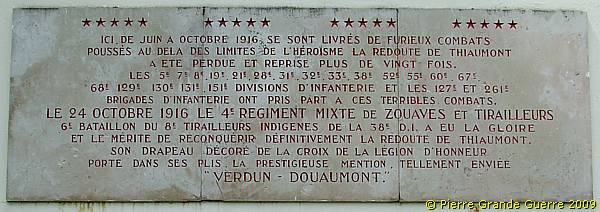
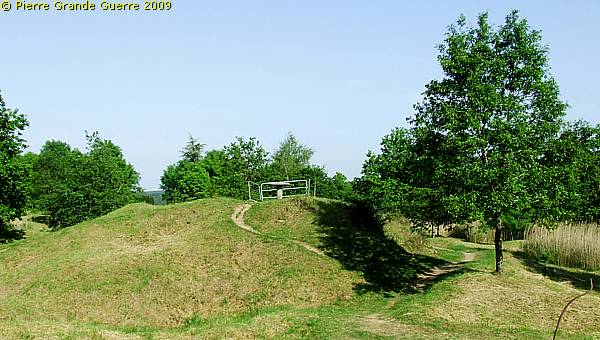
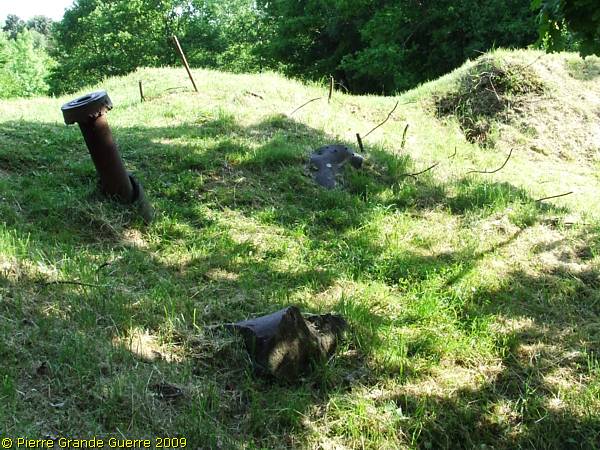
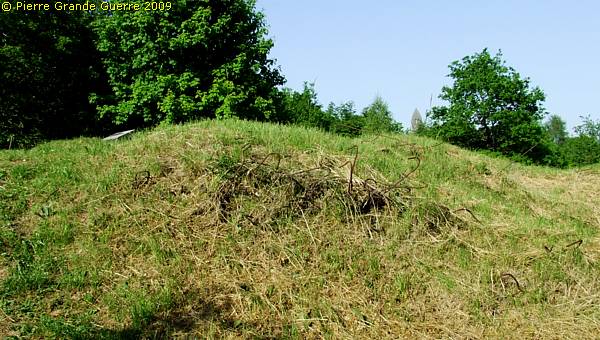
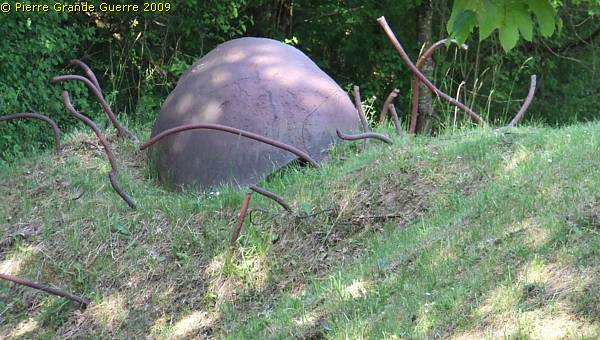

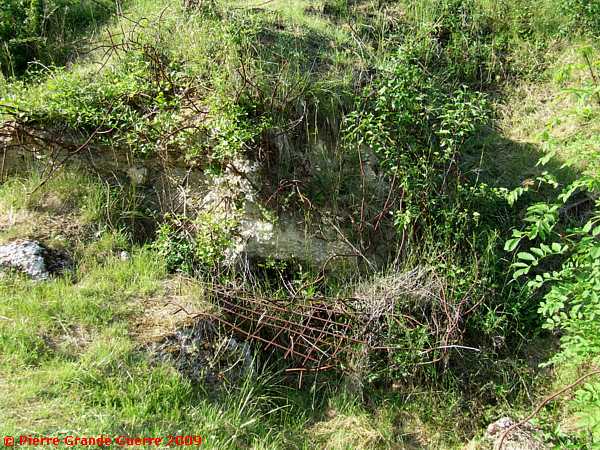
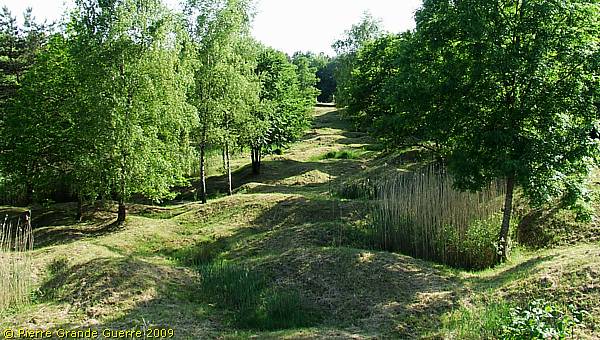
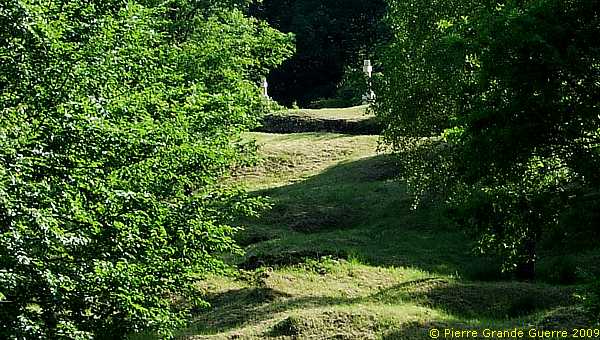
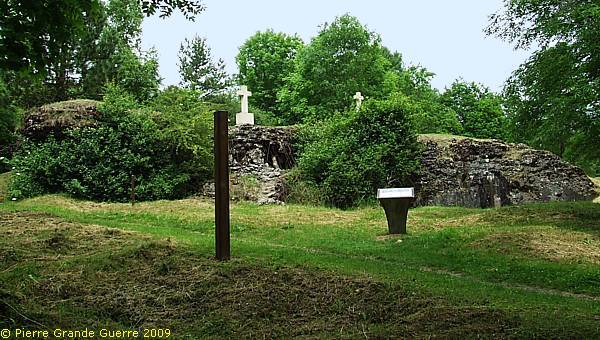
Originally this shelter was an "in between" bunker, number 118, or bunker FT 4.
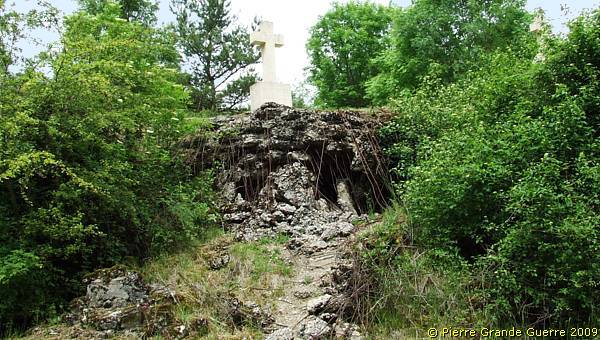
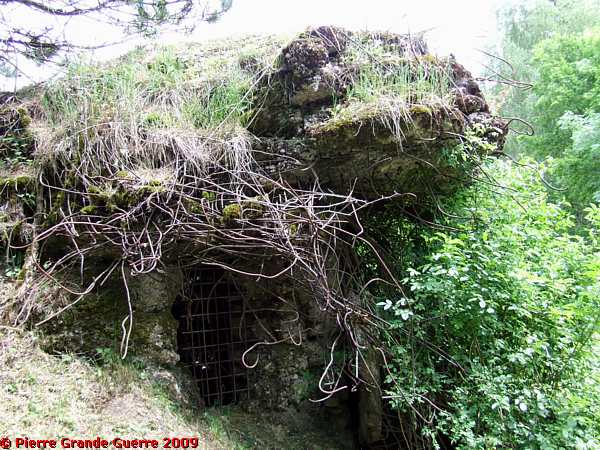
On top of Command Post 118: two memorials.
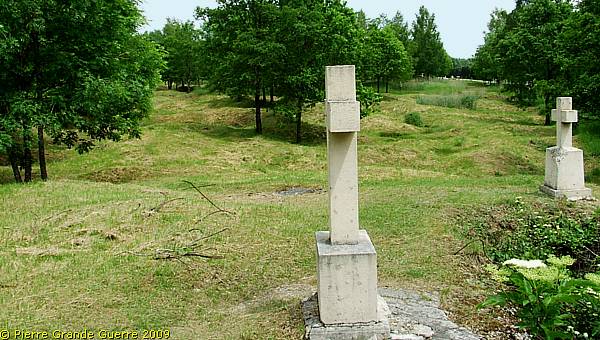
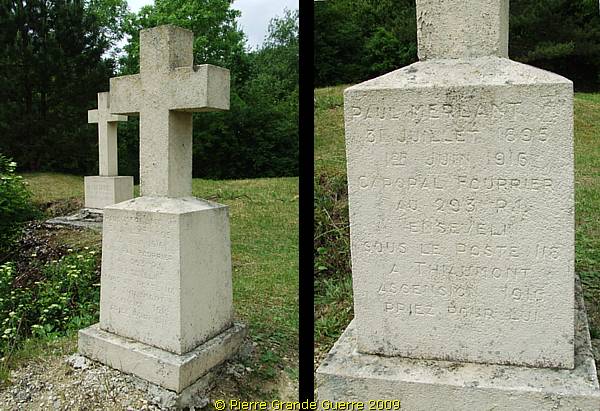

View from the roof of Abri 118 to the Ouvrage de Thiaumont.
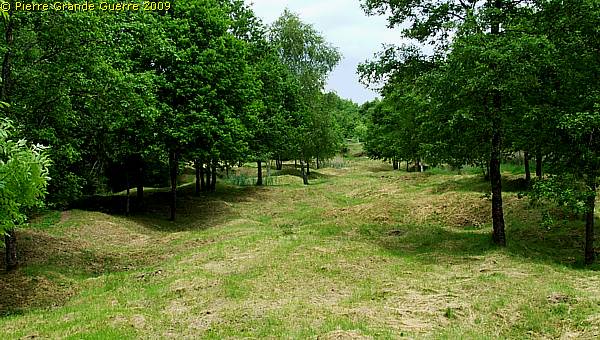
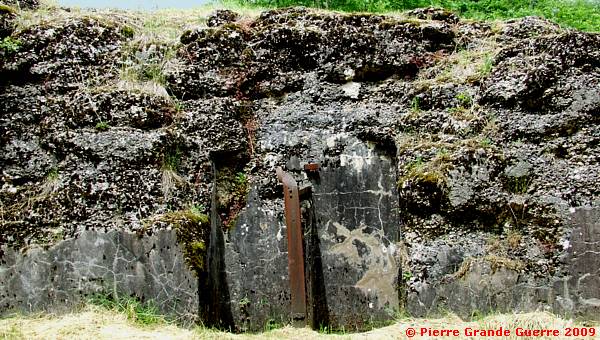
A last view of Command Post 118.
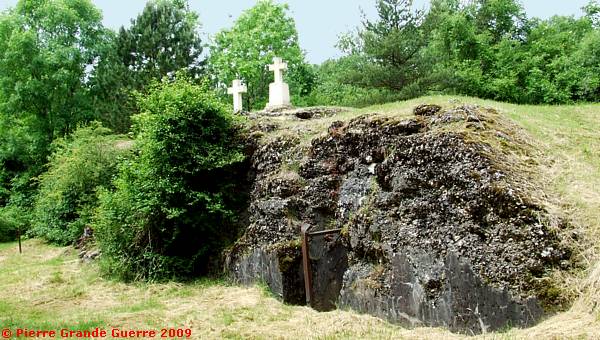
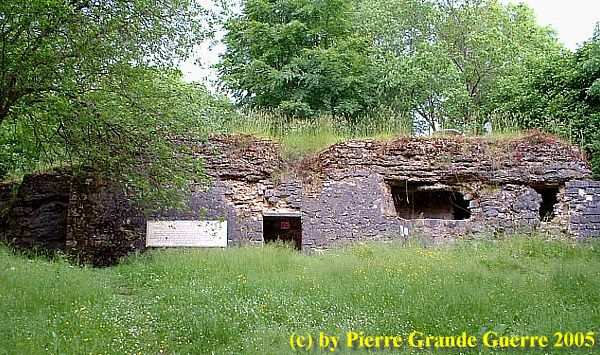

Command Post 119 is also known as Abri FT 3.
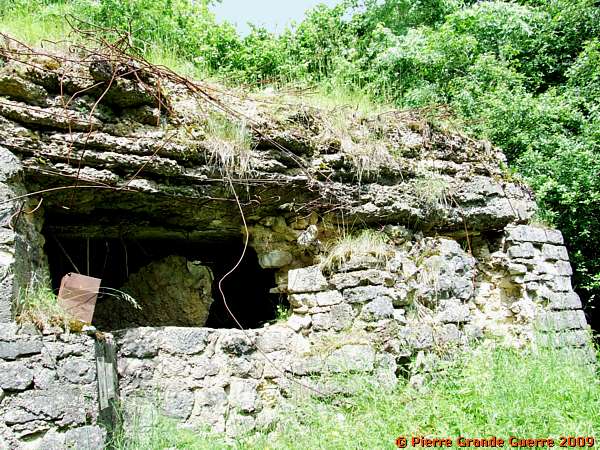
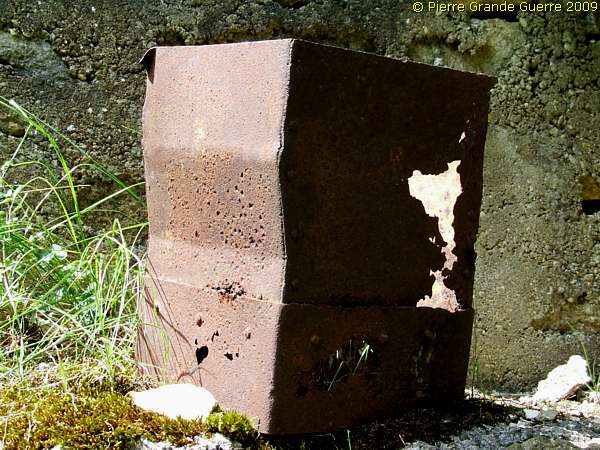
On top of the bunker, on the right, there are 2 memorials to be found.
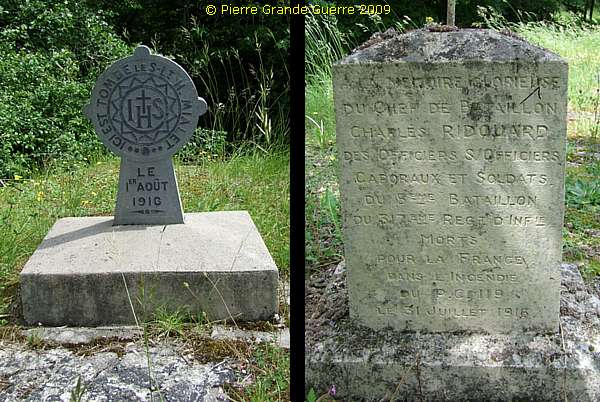
The central entrance to the post.
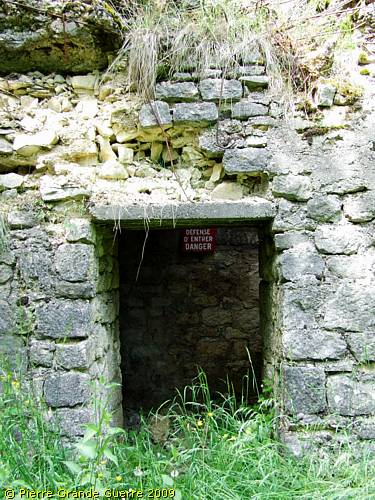
We enter the post from the left or west.
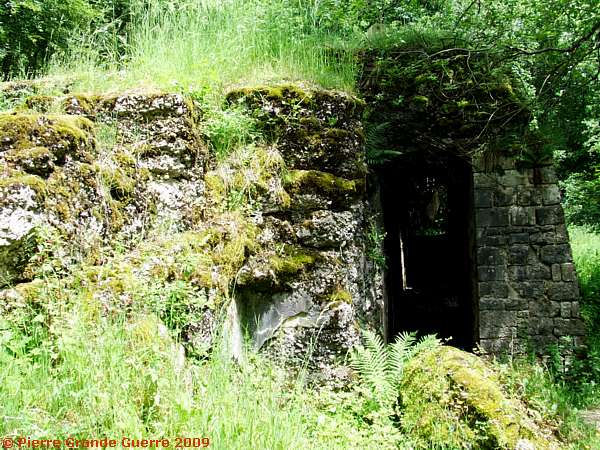
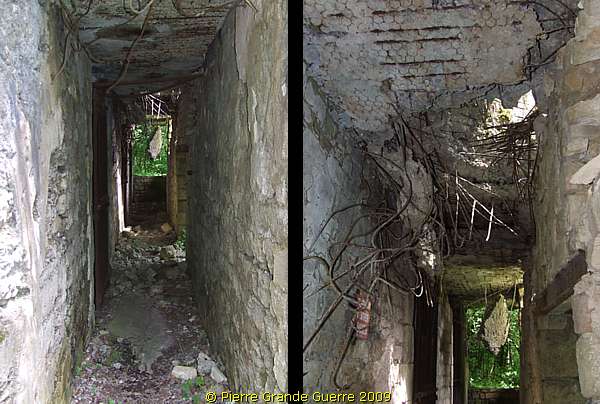
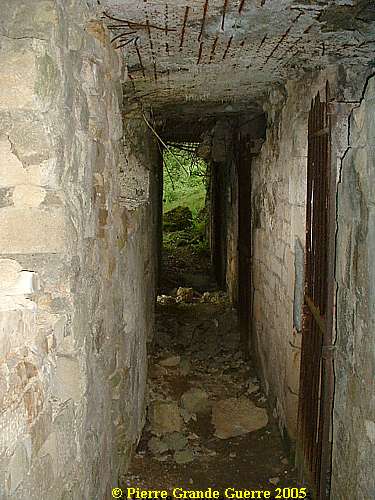
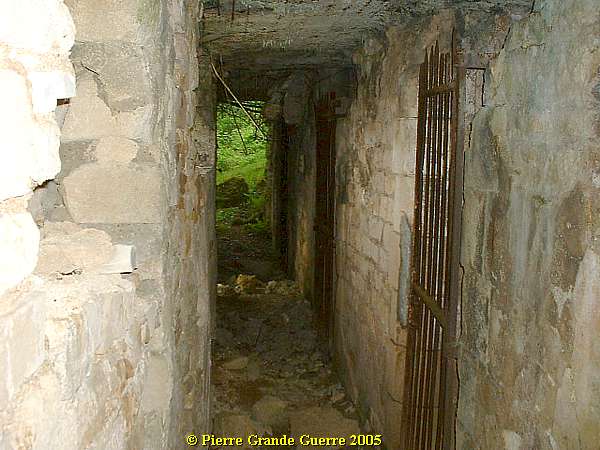
Two 2009 photo's of the locked interior, left in the corridor.
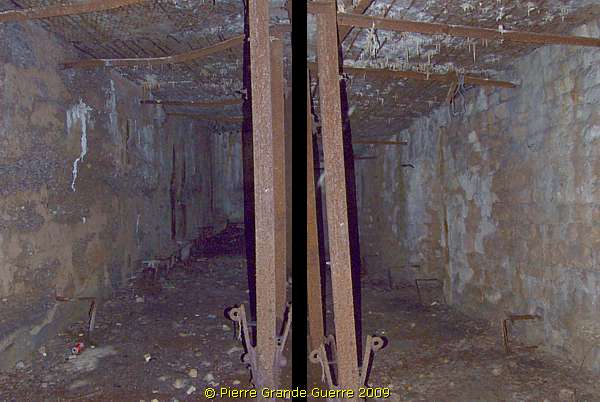
A last 2009 view at Command Post 119.
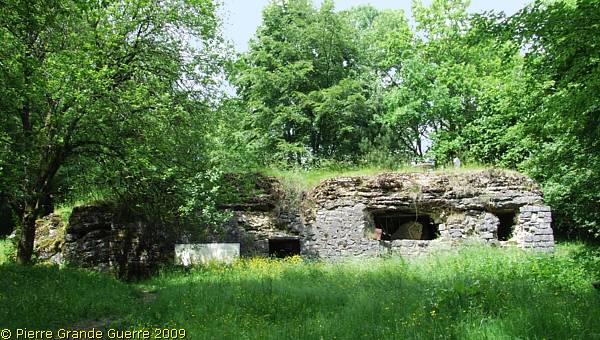
East of the D 913, at the foot of the cemetery, lies Abri 320 .
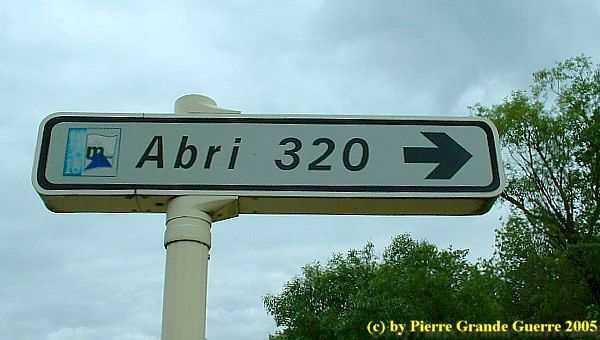
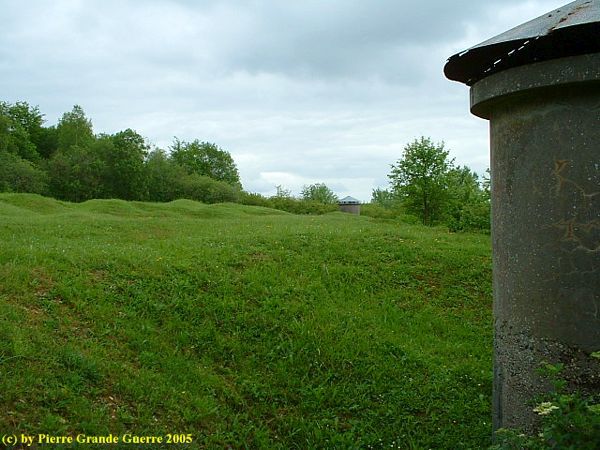
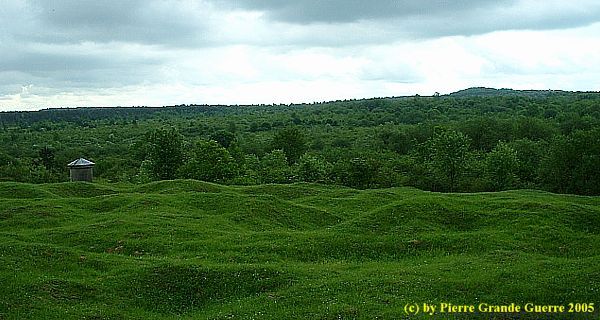
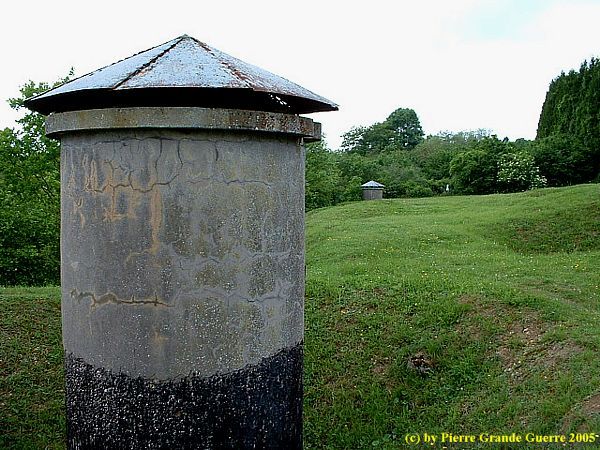
Notice the surface with its typical "golfball"-pattern of shell holes.
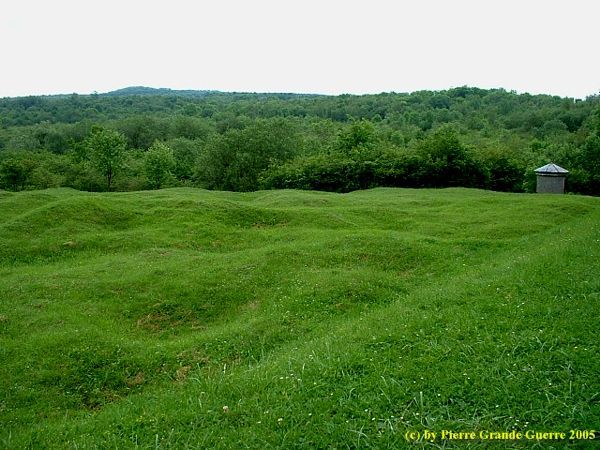
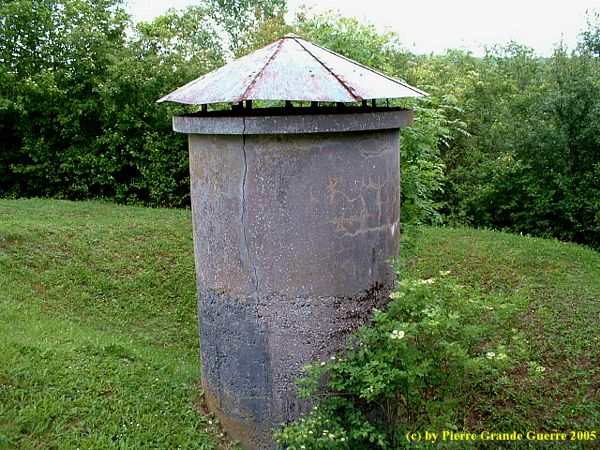
From the foot of the Nécropole Nationale de Douaumont on the left side of the road and from the Abri 320 on the right side of the road, we continue on the D 913 d, north-eastward, in the direction of the Fort de Douaumont.
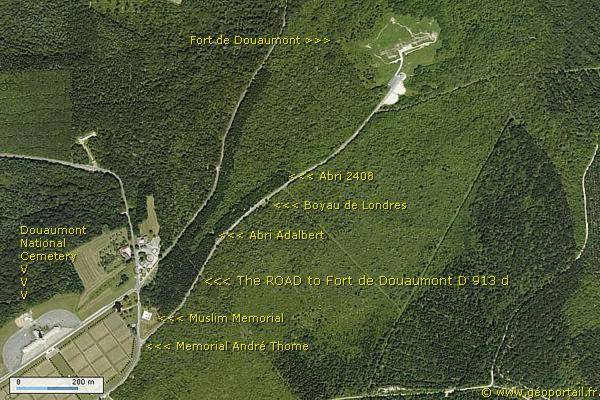
We enter the road between the Muslim Memorial at the left, ...

... and the Memorial for André Thome on the right corner. The road will run in a dead end at the entrance of the Fort de Douaumont.
(For more info about these memorials visit later my impression about the
Nécropole Nationale de Douaumont
)
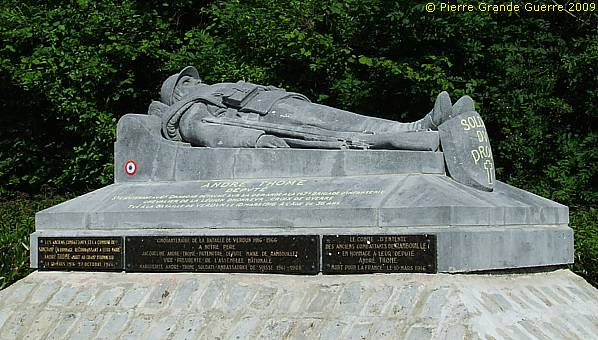
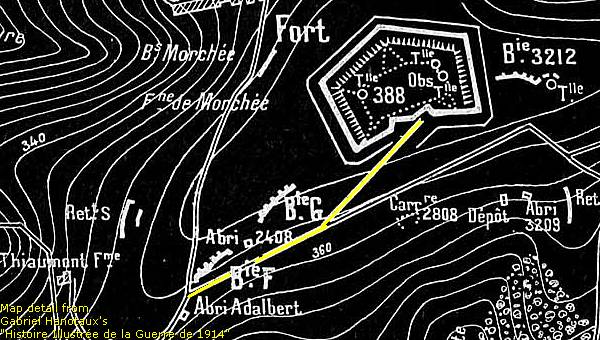
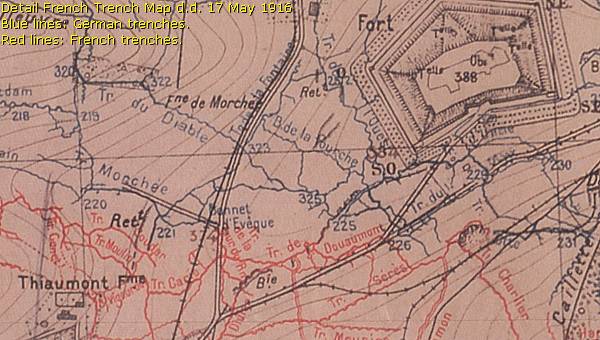
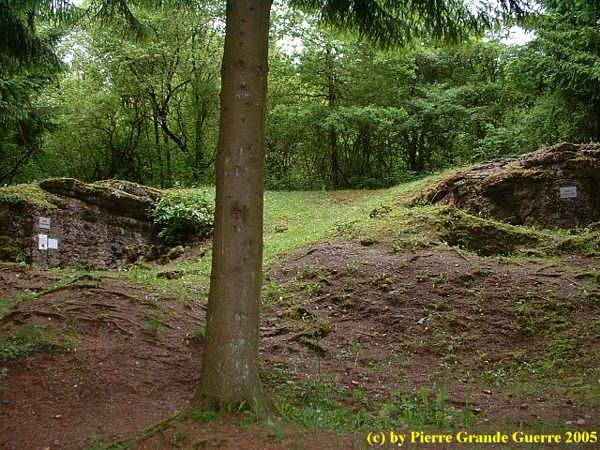

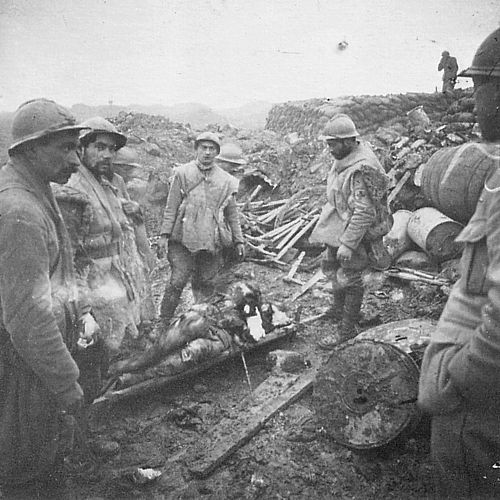
The Germans called the Abri "I-Werk 368".
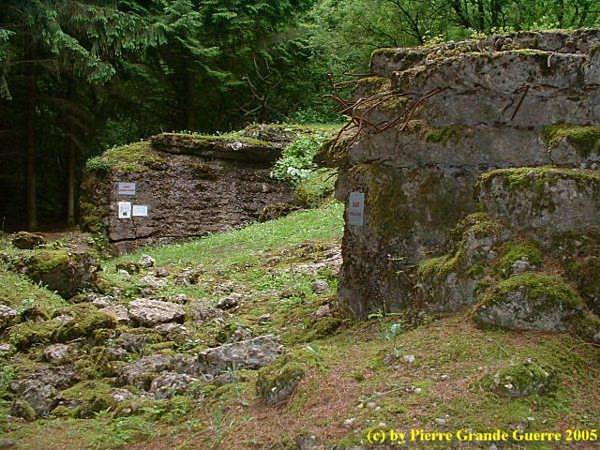


... the London Trench, crossing the road on the north side, ...

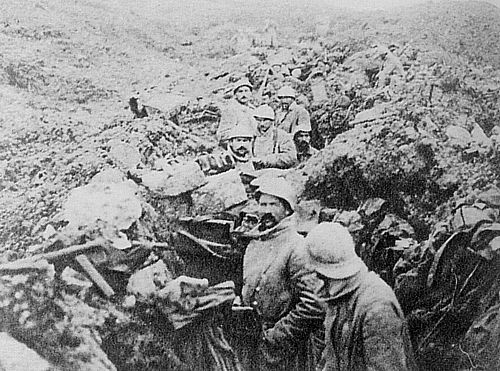
.... and on the south side.
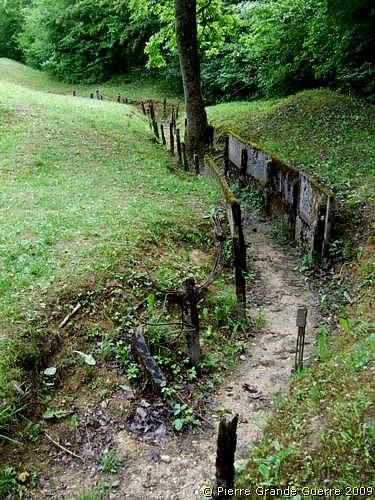
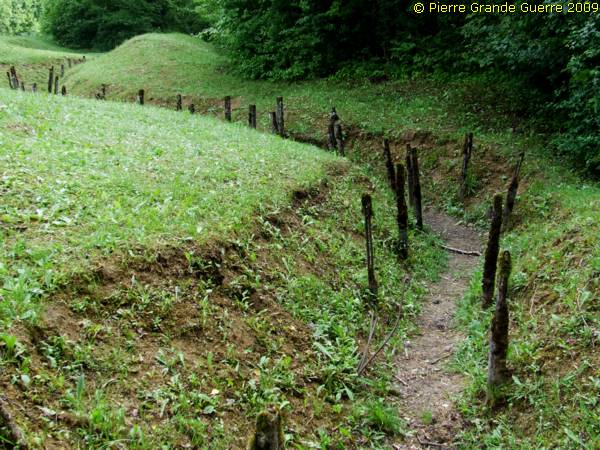
We continue along the road and find the Abri 2408, or bunker TD 3, a shelter bunker.
